LUMBERMENOnline.com’s Latest Industry News & Articles
Submit your company’s latest news or article
Cooper Machine Company of Wadley, Georgia is excited to announce the new stationary carriage/mobile headrig, True Lumber mill is now available in North America from MIT S.A. This exciting breakthrough in sawmill design is the perfect choice for any mill, hardwood or softwood, that requires increased production with a very small footprint. Thin kerf mills looking to increase production and scragg or low grade operators seeking an affordable way to process high profit grade lumber are just two of the most obvious applications.
The True Lumber mill comes loaded with standard features like a 6” double cut band, 17.5* slant carriage, operators cab, computerized setworks, all hydraulics, 36” log diameter and lengths from 8-17’. The True Lumber is no one size fits all mill. It offers flexible options of either 4” or 8” single or double cut bands, longer lengths and a host of other options. If your operation needs more production and yield, but doesn’t have the space for a conventional carriage, look at the True Lumber.
LEESBURG, Va. – The American Wood Council is now offering a complimentary self-directed learning program on designing with wood. Courses are related to the use of traditional and engineered wood products for residential and commercial applications and are available on the AWC website.
The program allows those seeking continuing education unit (CEU) credits and others wanting to learn proper wood design to work at their own pace. Users will watch a video or read a document and then answer a series of questions as a means of review and measurement for awarding CEUs. Courses and credits are processed immediately after quiz completion.
"These courses can be completed from home or work, all at once, or in shorter portions," said AWC Vice President of Technology Transfer John "Buddy" Showalter. "We have long offered live webinars and customizable in-person seminars. These new self-directed courses are part of AWC's commitment to support the needs of busy building code officials and design professionals."
Nine courses are currently available for CEU credit and are certified by the International Code Council and/or the National Council of Structural Engineers Associations:
BCD 302 – Prescriptive Residential Wood Deck Construction Guide (DCA6 - 2012 IRC version)
BCD 410-1 – International Building Code Essentials
STD 315 – 2012 Wood Frame Construction Manual Changes
DES 413 – Shear Wall Design
DES 411A – Seismic-Resistive Design of Wood Buildings
DES 420A – Wind-Resistive Design of Wood Buildings
BCD 200A – Fire Protection in Wood Buildings
MAT 240A – Cross Laminated Timber
GB 200A – Wood and Environmental Product Declarations
More courses are planned and will be added to the website on an ongoing basis. Users will need to create an AWC account or login to an existing account in order to register for courses.
The newly improved BM-2000 Hydraulic Joystick Valve manufactured by Ellison Sales, in the USA, provides improved hydraulic control with much less effort in sawmill, logging and other applications where durability and ease of maintenance is paramount. The 4-way valves provide precise metering and have proven to be consistently reliable in low-pressure pilot-operated applications for over 30 years. The BM-2000 valve features 3/8” SAE O-ring bottom ports for compact plumbing, easy service and parts and repair kits are in stock for immediate shipment. For application information, contact Ellison Sales, Inc. at (Toll-Free) 888-244-0161.
WASHINGTON - American Wood Council (AWC) President and CEO Robert Glowinski has issued the following statement regarding the U.S. Environmental Protection Agency’s (EPA) release of its proposed Accounting Framework for Biogenic CO2 Emissions.
“We are encouraged that EPA has released the Accounting Framework and memo today. Based on our preliminary review, it appears EPA recognizes the carbon neutrality of biomass energy produced from wood products manufacturing residuals.
“On average, approximately 75 percent of the energy AWC members use comes from residual biomass. Using manufacturing residuals takes advantage of the inherent energy available in biomass that would otherwise be lost to the atmosphere from disposal or biodegradation. Sustainably-managed forests and the products that come from them also act as carbon sinks, absorbing and sequestering atmospheric carbon that would otherwise contribute to greenhouse gas formation.”
LEESBURG, VA. – The American Wood Council's 2015 Wood-Frame Construction Manual for One- and Two-Family Dwellings (WFCM) has been approved as an American National Standard by the American National Standards Institute (ANSI). WFCM is referenced in the International Code Council's 2015 International Building Code and 2015 International Residential Code (IRC).
In the new WFCM, primary changes include:
Tabulated spans for lumber framing members now reflect changes to design values referenced in the 2015 National Design Specification® for Wood Construction.
New tables provide prescriptive wood-frame solutions for rafters and ceiling joists in response to new deflection limits for ceilings using gypsum wallboard or brittle finishes adopted in the 2015 IRC.
Designers may begin using the new standard immediately, but are encouraged to seek approval from the authority having jurisdiction.
"With more governmental focus being placed on 'community resiliency,' design tools such as the Wood-Frame Construction Manual become more relevant. The Manual equips designers with engineered construction methods that result in buildings better able to withstand damage and protect occupants should disaster strike," said AWC President & CEO Robert Glowinski. "Since the WFCM was first published in 1995, AWC has been providing a solution for design of wood-frame structures to resist natural disasters. Each successive edition of the standard continues to provide solutions to more severe events as required by building codes."
The WFCM includes design and construction provisions for connections and wood wall, floor and roof systems. A range of structural elements are covered, including sawn lumber, structural glued laminated timber, wood structural sheathing, I-joists and trusses.
The free view-only 2015 WFCM is now available in electronic format on the AWC website. Print versions of the standard are expected to be available for purchase in early 2015.
LEESBURG, VA. – The American Wood Council (AWC) has published a new Design for Code Acceptance, "Meeting Residential Energy Requirements with Wood-Frame Construction" or DCA 7. It provides ways to economically meet the residential requirements of the 2012 International Energy Conservation Code (IECC) using wood framing. The guide is offered for free on the AWC website.
There are four compliance methods provided in the residential provisions of the IECC, and of them, the Total UA method (TUA) is the most flexible approach. Using the TUA method, thermal performance of each building envelope assembly can be adjusted to demonstrate equivalent or better thermal performance for the entire building thermal envelope. This DCA provides a method for determining solutions that focus on the use of wood in various opaque wall configurations and through adjusting window types and other openings demonstrate compliance.
Wood products are capable of providing good thermal performance and helping to meet energy requirements. The TUA method allows for balancing energy performance of individual components or assemblies with other components, as long as total building envelope energy performance is maintained. For example, improved energy performance of glazing, ceiling and floor areas can be used to reduce required opaque wall requirements, such as foam sheathing.
"Constructing energy efficient buildings saves homeowners – and our nation – money in the long run," said AWC Vice President of Codes & Regulations Kenneth Bland. "As energy codes become more demanding, using wood products in the building envelope continues to be a viable step since the prescriptive construction methods presented in the new DCA 7 publication meet or exceed minimum requirements of the IECC."
High demand for exhibit space has required an expansion of the floor plan for EXPO 2015 – the 33rd Forest Products Machinery & Equipment Exposition, set for June 10-12 in Atlanta’s Georgia World Congress Center. The show is sponsored and conducted by the Southern Forest Products Association (SFPA).
The additional space was added when 85% of the original floor plan was under contract, with interest from many other exhibitors needing large spaces still actively in the pipeline. With this expansion, EXPO 2015 is approaching some 46,000 square feet of exhibits.
“A stronger market is translating into companies returning to EXPO 2015 and realizing they need a larger exhibit space,” notes SFPA exposition director Eric Gee. “Plus, the show is attracting many first-time exhibitors,” he added.
To date, more than a hundred companies plan to showcase their latest machinery and services at EXPO 2015. By growing the floor plan, prime exhibit space remains available to all suppliers of the forest products industry.
For more information about EXPO 2015, visit www.sfpaexpo.com. To receive a sales kit and exhibit space application, contact Eric Gee at 504/443-4464 (option 3), or e-mail him at egee@sfpa.org. Follow the show on Twitter: @forestprodexpo.
WASHINGTON – American Wood Council President and CEO Robert Glowinski has issued the following statement regarding the U.S. Green Building Council (USGBC) announcement that LEED 2009 will remain an available option for projects until Oct. 31, 2016. LEED 2009 was previously expected to be phased out in 2015.
"We appreciate the effort by USGBC and LEED users to move quickly to LEEDv4, but are disappointed by the delay in phasing out LEED 2009. By USGBC's own words, LEEDv4 is more rigorous and includes important updates. LEEDv4 incorporates a more science-based approach to green building that, for the first time, recognized the contribution of wood products to positive environmental performance.
"LEEDv4 credits recognize wood's favorable environmental attributes, leveling the playing field. Wood-based construction provides superior and cost-effective energy performance, and stores carbon, all of which are key elements in green building rating systems."
###
The American Wood Council (AWC) is the voice of North American wood products manufacturing, representing over 75 percent of an industry that provides more than 360,000 men and women with family-wage jobs. AWC members make products that are essential to everyday life from a renewable resource that absorbs and sequesters carbon. Staff experts develop state-of-the-art engineering data, technology, and standards for wood products to assure their safe and efficient design, as well as provide information on wood design, green building, and environmental regulations. AWC also advocates for balanced government policies that affect wood products.
www.awc.org | @woodcouncil
The American Wood Council 2015 "National Design Specification® (NDS®) for Wood Construction" and "Special Design Provisions for Wind and Seismic" (SDPWS) standards have been approved as American National Standards by the American National Standards Institute (ANSI). Both standards are referenced for compliance with the International Code Council's upcoming 2015 "International Building Code" (IBC).
Updated standards will be available in electronic format on the AWC website on or before Dec. 1, 2014. Print versions of the standards are expected to be available for purchase in early 2015. Primary changes to these standards are:
2015 NDS – A new product design chapter for cross-laminated timber (CLT) includes the design of CLT members, connections and fire design. Another significant change is new provisions that explicitly permit Structural Composite Lumber (SCL) to be designed for fire requirements using NDS Chapter 16. The 2015 NDS Supplement, packaged with the NDS, contains updated design values for visually-graded southern pine and mixed southern pine dimension lumber.
2015 SDPWS – New provisions have been added for seismic and wind design of cantilevered wood-frame diaphragms that provide important design clarifications, especially for design of "corridor-only" multi-story wood-frame structures. There are also revisions to the protocol for determining equivalent deformation-based shear distributions that allow more efficient seismic design of shear walls containing high aspect ratio shear walls.
Designers are urged to begin using provisions of the new standards pending approval by the authority having jurisdiction. Many code officials will allow the use of new standards, particularly when they are developed through a consensus process.
"These are exciting revisions, and through their reference in the International Building Code, will allow traditional and engineered wood products to be more easily used in the United States," said AWC President and CEO Robert Glowinski. "Our work does not end with these revisions, however. To make these code-referenced standards the most user-friendly they can be, we will now be developing supporting publications such as commentaries, revising technical reports and design aids, and conducting further research to ensure continued widespread acceptance of wood in construction."
###
The American Wood Council (AWC) is the voice of North American wood products manufacturing, representing over 75 percent of an industry that provides more than 360,000 men and women with family-wage jobs. AWC members make products that are essential to everyday life from a renewable resource that absorbs and sequesters carbon. Staff experts develop state-of-the-art engineering data, technology, and standards for wood products to assure their safe and efficient design, as well as provide information on wood design, green building, and environmental regulations. AWC also advocates for balanced government policies that affect wood products.
www.awc.org | @woodcouncil
Tompkinsville, KY – August 7, 2014 – Froedge Machine & Supply and Kop-Coat Wood Protection Products have completed installation of a new in-line chemical treatment spray system at Roy Anderson Lumber in Tompkinsville. Incorporated into a pre-existing stacker line, the new process does away with the use of a conventional dip tank, thereby eliminating an extra material handling process and reducing chemical use and waste, and maintenance.
We’ve spent more than a year in developing the mechanical components and electronic controls for this new process” said Tom Froedge, President of Froedge Machine. “Roy Anderson Lumber came to us looking for a better way to treat their lumber for sap and iron stain, and we were pleased to work with them and to provide a new method for them to reach that goal.
The system is composed of two parts – a spray box, and a chemical delivery/return system. A stainless steel box, equipped with a bank of engineered placed spray nozzles, is mounted in-line just prior to the stacker. Lumber is moved from an unscrambler onto a lugged stainless steel chain through the spray box, where it is treated with a controlled and metered mix of chemicals in a fine spray. The chemicals are supplied by Kop-Coat. Excess chemicals are captured by a series of baffles, drains, and mist elimination, and are returned to the delivery station where they are filtered and reintroduced to the spray system.
The chemical room houses the Froedge designed and built computer controls for the system, along with the chemicals, the filter system to reuse chemicals returned from the spray box, and the mixing stations and pumps to deliver the mixture to the spray box.
“We needed a way to reduce the cost and get rid of the aggravation of treating our lumber”, said Kenny Humes, Production Manager at Roy Anderson Lumber. “The new Froedge spray system and Kop-Coat chemicals have done that. The savings have exceeded our expectations, and we are pleased with the operation of the system and the appearance of the lumber. Right after start up, before our yard was full of the new treated lumber, you could easily tell what stacks had been spray-treated. They stood out like a new penny.”
Roy Anderson Lumber has been producing fine hardwood lumber for over 60 years. With operations in Tompkinsville, and Eubank, Kentucky, they saw and dry over 45 million board feet of lumber per year. Visit them at www.ralumber.com.
Froedge Machine & Supply has been in business for over 50 years, specializing in automated material handling machinery for the lumber industry. The company also operates a full service industrial parts and supply house, a custom CNC machine and fabrication shop, as well as performing specialty industrial repairs. Learn more at www.froedge.com and www.lumberhandling.com.
Exports of Southern Pine lumber to China are soaring, thanks to promotional efforts funded by the USDA’s Market Access Program (MAP).
Southern Pine lumber exports to China are expected to reach $54 million this year, a ten-fold increase since the U.S. wood products industry began promoting this species, grown in the southeastern United States. Meanwhile, Chinese demand for pressure-treated Southern Pine lumber, a key value-added item produced in the U.S., is forecasted to reach $15 million this year, an all-time sales record and 245% above levels five years ago.
The Southern Forest Products Association (SFPA), a nonprofit trade association representing Southern Pine lumber manufacturers, leverages USDA Foreign Agricultural Service (FAS)-administered Market Access Program (MAP) funds to promote Southern Pine lumber exports. This funding allows the U.S. forest products industry to expand sales in existing markets and enter new emerging markets. Over recent years, MAP funds have helped SFPA sponsor exhibits at trade fairs and to translate technical product literature into Chinese.
As a result, interest in Southern Pine lumber has grown sharply: U.S. companies participating in MAP-sponsored events last year reported immediate sales of nearly $2.2 million and estimate another $16.5 million in sales over the coming months, thanks to contacts made at the trade events.
Dozens of small, family-owned sawmills and exporters are seeing their sales to China grow since SFPA began promotions in China. Many companies have arranged their first-ever export sales in the Chinese market thanks to MAP-sponsored events. The programs are vitally important to small businesses in the U.S., helping them diversify into markets that they otherwise would not have had the resources to develop on their own
The American Wood Council (AWC) has released a new workbook titled Design of Wood Frame Buildings for High Wind, Snow, and Seismic Loads (2012 WFCM Workbook) providing a design example and typical checklist for a wood-frame structure in accordance with the 2012 Wood Frame Construction Manual (WFCM) for One- and Two- Family Dwellings. The free workbook is available on the AWC website.
The workbook uses plans from a two-story residence as the basis for a structural design to resist high wind, seismic and snow loads. All three loading conditions are evaluated in the example to show the broad range of the WFCM applicability.
The 2012 WFCM is referenced for proper design in both the 2012 International Residential Code and the 2012 International Building Code. Roughly half of the United States have adopted these 2012 codes, including five states with high seismic loads and nine Atlantic and Gulf Coast states that have high winds.
“Newer research allows for better prediction of forces from earthquakes and high winds,” said AWC President & CEO Robert Glowinski. “This research resulted in the inclusion of new performance criteria in building codes for wood construction, offering an increased level of protection against the threats of natural disasters to make buildings more resilient, sustainable and livable for generations. The WFCM Workbook takes users through a solved example of these new design requirements.”
For more information, contact Buddy Showalter at bshowalter@awc.org.
The American Wood Council (AWC) is the voice of North American wood products manufacturing, representing over 75 percent of an industry that provides more than 360,000 men and women with family-wage jobs. AWC members make products that are essential to everyday life from a renewable resource that absorbs and sequesters carbon. Staff experts develop state-of-the-art engineering data, technology, and standards for wood products to assure their safe and efficient design, as well as provide information on wood design, green building, and environmental regulations. AWC also advocates for balanced government policies that affect wood products.
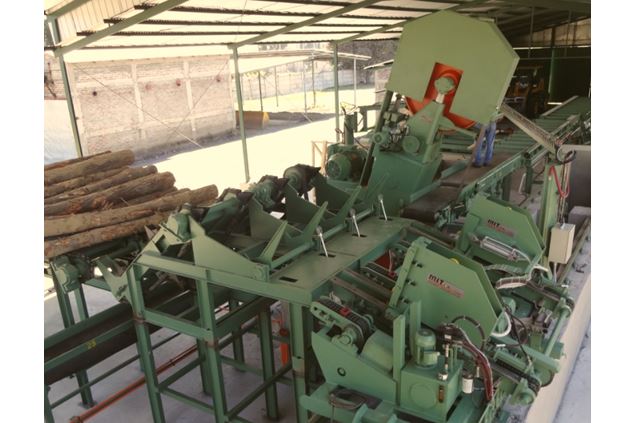

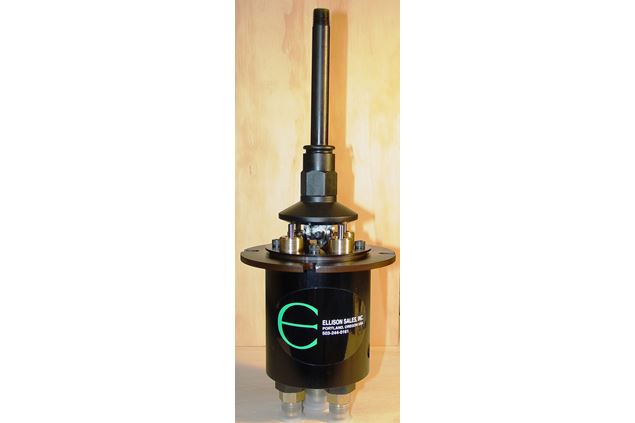


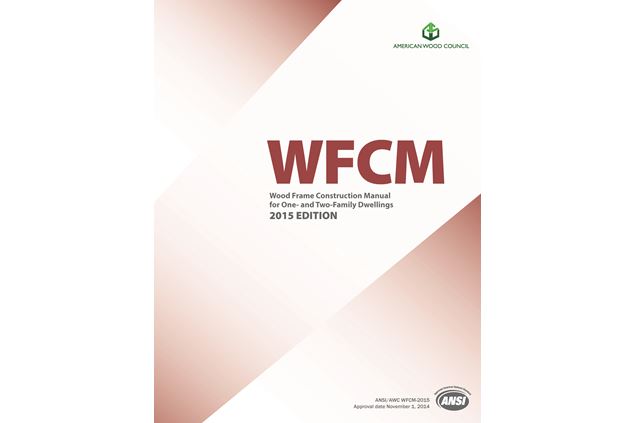
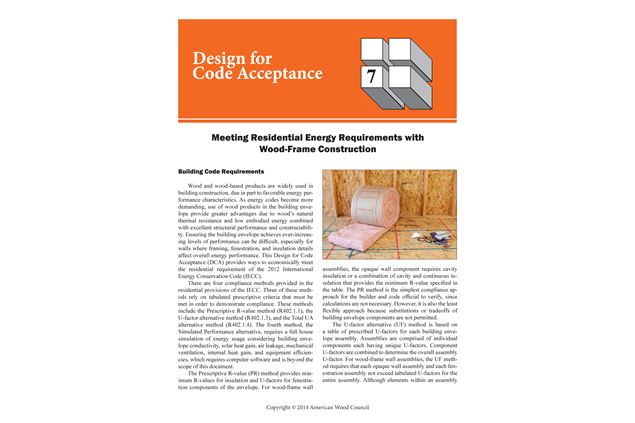
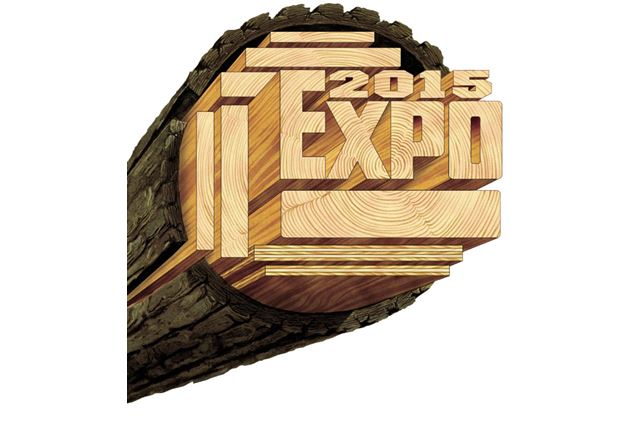


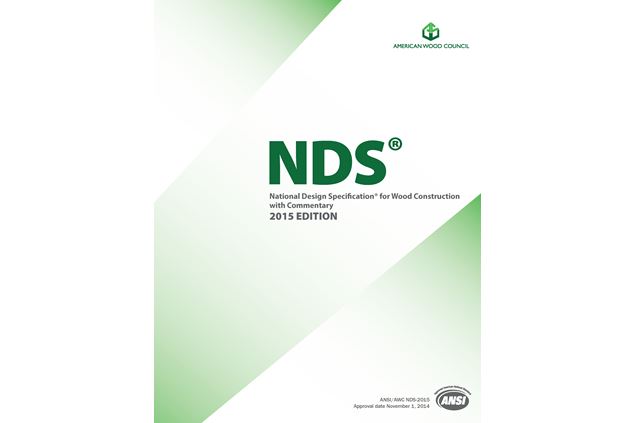
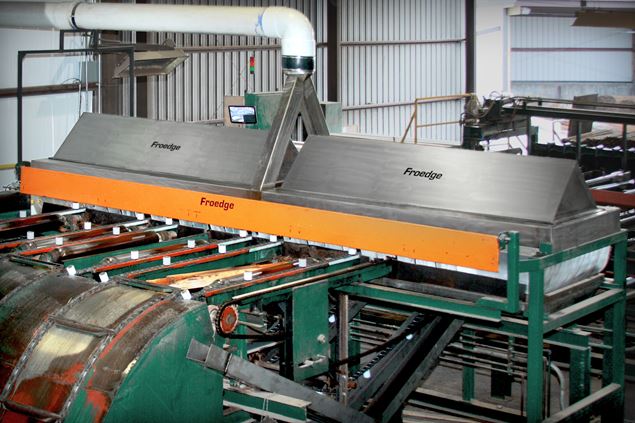
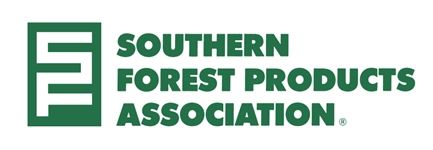
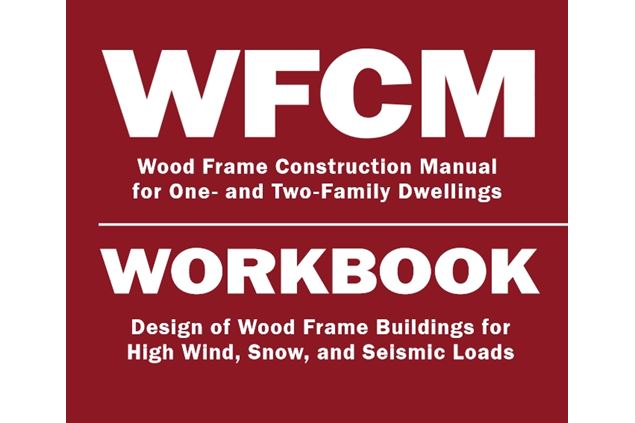

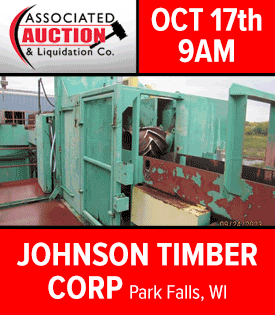
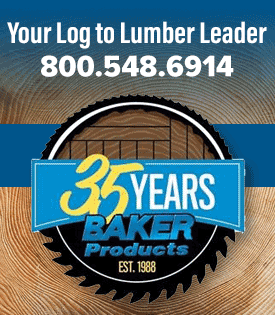



.gif)